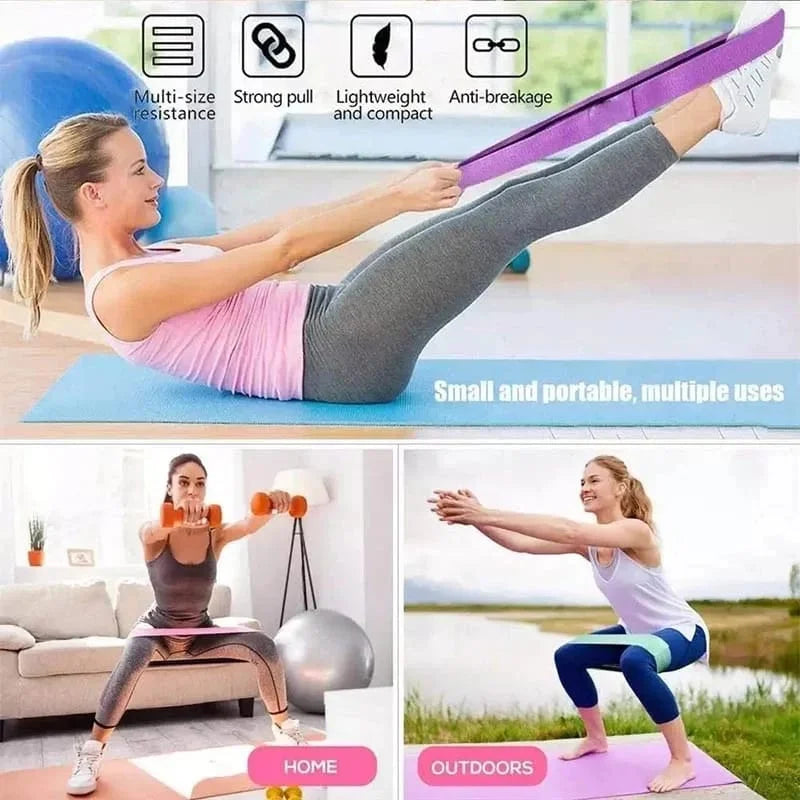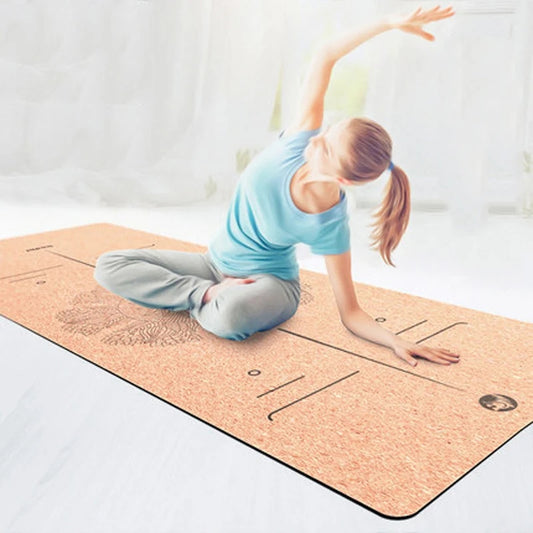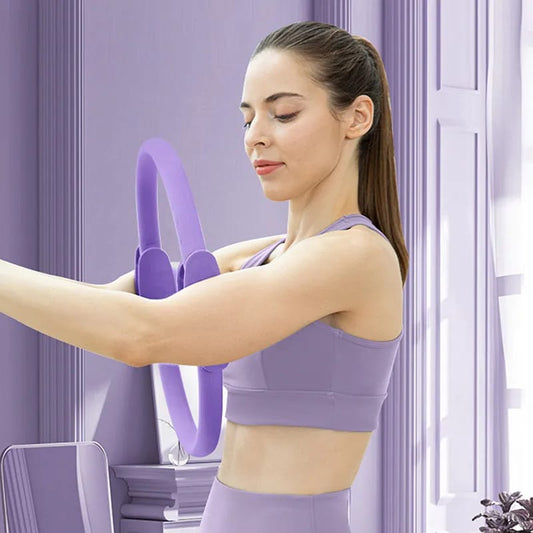Basics of Meditation is a practice that involves training the mind to achieve a state of heightened awareness, relaxation, and inner peace. While there are many different meditation techniques, here are the basics of meditation to get you started:
-
Find a Quiet and Comfortable Space: Choose a quiet and comfortable space where you can sit or lie down without distractions. Create a calming environment by dimming the lights, playing soft music or nature sounds, and using cushions or blankets for support if needed.
-
Choose a Comfortable Posture: Find a comfortable seated position with your spine straight and your body relaxed. You can sit cross-legged on the floor, on a cushion, or in a chair with your feet flat on the ground. Alternatively, you can lie down on your back with your arms at your sides and your legs extended.
-
Close Your Eyes or Soften Your Gaze: Close your eyes gently or soften your gaze by focusing on a spot on the floor in front of you. This helps minimize visual distractions and allows you to turn your attention inward.
-
Focus on Your Breath: Bring your attention to your breath as it moves in and out of your body. Notice the sensation of the breath as it enters and leaves your nostrils, fills your lungs, and expands your belly. You can also count your breaths or repeat a soothing word or phrase (mantra) silently to yourself to help anchor your attention.
-
Be Present and Non-Judgmental: Allow your thoughts, feelings, and sensations to arise without judgment or attachment. Notice any distractions or mental chatter that arise and gently bring your focus back to your breath or mantra whenever your mind wanders.
-
Practice Mindfulness: Cultivate mindfulness by observing your thoughts and emotions with curiosity and acceptance. Notice any patterns or tendencies in your thinking and let go of the need to control or change them. Simply observe them as they come and go, like clouds passing through the sky.
-
Start with Short Sessions: Begin with short meditation sessions lasting 5-10 minutes and gradually increase the duration as you become more comfortable with the practice. Consistency is more important than duration, so aim to meditate regularly, even if it's just for a few minutes each day.
-
Practice Regularly: Make meditation a daily habit by setting aside dedicated time for practice each day. Find a time that works best for you, whether it's first thing in the morning, during a lunch break, or before bed. Consistent practice is key to experiencing the benefits of meditation over time.
-
Be Patient and Gentle with Yourself: Meditation is a skill that takes time and patience to develop. Be kind and compassionate toward yourself, and let go of any expectations or judgments about your meditation experience. Each meditation session is unique, and there is no right or wrong way to practice.
-
Explore Different Techniques: Experiment with different meditation techniques, such as mindfulness meditation, loving-kindness meditation, body scan meditation, or guided visualization. Explore what resonates with you and incorporate a variety of techniques into your practice to keep it fresh and engaging.
Remember that meditation is a personal practice, and there is no one-size-fits-all approach. Find what works best for you and make meditation a part of your daily routine to experience greater peace, clarity, and well-being in your life.




















